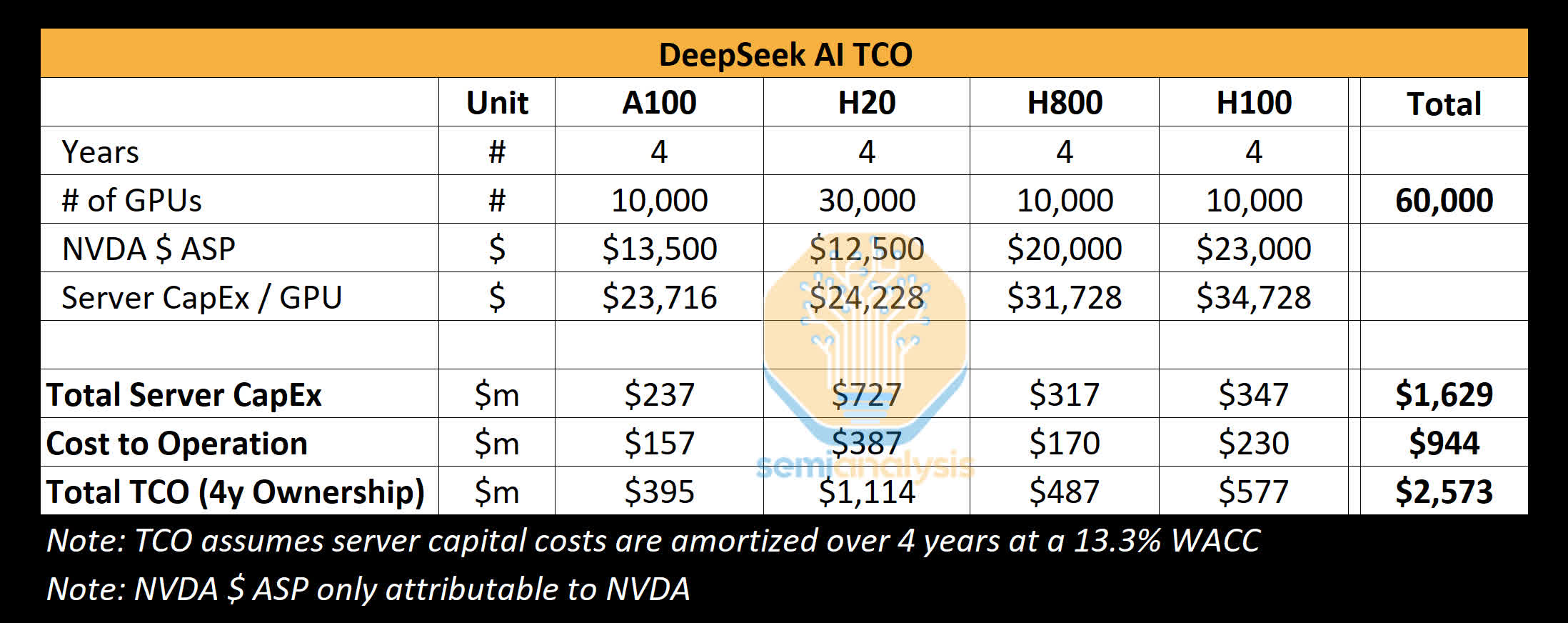
The TikTok Reversal And The Science Of Illogical Medical Decisions
www.forbes.com
Photo by Jaap Arriens, NurPhoto via Getty ImagesNurPhoto via Getty ImagesIn March 2024, the U.S. government took an unprecedented step toward banning TikTok, the wildly popular social media platform owned by China-based ByteDance. Congress, in a rare and overwhelming display of bipartisan agreement, passed a bill citing national security concerns. The Supreme Court then unanimously upheld the decision.On January 18, TikTok went dark across the country. Then came a stunning reversal.Within 24 hours, the app was back online as if nothing had happened. The following day, President Trump announced a 75-day delay in enforcement, vaguely promising to work something out.Suddenly, lawmakers who had previously championed TikToks ban, citing it as an urgent national security risk, fell silent. They offered no protest, no demand for explanation, no criticism of the presidents reversal. Without new data or justification, Democrats and Republicans alike seemed to shift their perception of TikTok. Just like that, the platform had morphed from a Trojan Horse to a harmless app.How could such a dramatic shift occur?MORE FOR YOUThe Science Behind Illogical DecisionsWhen smart people make irrational choices, we often assume they are acting out of selfishness, stupidity or stubbornness.Yet, its hard to believe that an elected official who truly viewed TikTok as a serious threat to national security would consciously disregard that danger. The cognitive dissonance would be overwhelming.Neuroscience explains how people resolve this kind of internal conflict.The late neurologist George York spent years analyzing brain imaging studies and psychological research, identifying an unexpected pattern: in moments of significant threat or opportunity, human perception gets distorted. He called this phenomenon brainshift, a process that helps explain why even intelligent, rational individuals make choices that seem baffling in hindsight.Imagine youre a member of Congress who voted to ban TikTok, confident in your decision due to legitimate concerns about Chinas potential misuse of user data. Now, the political landscape has shifted. The presidents team has already warned lawmakers to support his Cabinet nomineesor face primary challenges. The message is clear. Those who defy him on key decisions risk political consequences.This is where brainshift and TikTok collide. You could simply surrender to fear, but for someone sworn to protect the nation, thats not an easy reality to accept. Instead, without realizing it, your perception begins to shift. The danger posed by China, once so obvious, now seems less urgent. The data hasnt changed, but the way you perceive it has. And with that shift, silence suddenly feels like the most reasonable course of action.This subconscious process isnt confined to politics. Under the right conditions, anyoneregardless of intelligence or moral convictioncan experience brainshift. Its a vulnerability hardwired into human biology, with roots in early human evolution. For our ancestors, survival often depended on taking action despite fear. Hunting wild animals with only a wooden spear was dangerous, but essential to make it through long winters. Brainshift helped early humans overcome their anxieties by altering their perception of risk, making threats seem less daunting and action more attainable.Modern neuroscience confirms that this ancient mechanism still operates today, with countless examples in the medical field. When confronted with significant opportunity or danger, the brain suppresses the fear center (the amygdala) and engages the parietal lobes (which shape perception), all without conscious awareness.A prime example can be seen in how we assess technology in medicine.The Irrational Fear Of Generative AI In MedicineJust two years after its introduction, Generative AI has already become a transformative force across industries, including healthcare. With its capabilities doubling annually, GenAI now matches clinicians in diagnostic accuracy across multiple independent studies. Soon, it could empower patients to self-diagnose with greater speed and accuracy than in the physicians office. In time, GenAI will enable patients to manage chronic diseases more effectively and select personalized treatment plans.Despite GenAIs potential to save thousands of lives, policymakers and medical professionals remain fixated on its risks rather than its benefits.Largely absent from the debate is any acknowledgment of the staggering toll that human error takes in medicine. This is a huge blind spot that suggests brainshift may be distorting perceptions.According to Johns Hopkins researchers, medical errorsincluding misdiagnoses, surgical mistakes, and communication failurescontribute to more than 250,000 deaths annually in the U.S., making them the third leading cause of death after heart disease and cancer.Yet these staggering numbers rarely receive the same scrutiny as AIs hypothetical risks. The disparity in perceptiondespite the fact that both human medical errors and AI failures can lead to equally severe consequences, including deathmirrors the brainshift process seen in the TikTok debate.Policymakers hesitate to support AI-driven healthcare reforms, fearing the political consequences should an AI-related error harm a patient. In contrast, they know that when human error leads to harm, the blame falls solely on the individual clinician. Physicians, meanwhile, see AI as a threat to their professional autonomy, status and income if the technology becomes a widely accepted source of independent expertise.Lost in this debate is the reality that AI has the potential to significantly reduce preventable deaths. Once again, brainshift clouds perception, preventing people from recognizing how this technology could help patients manage chronic conditions, provide expert guidance outside of office hours and identify misdiagnoses or treatment errors.If not for brainshift, we would already be prioritizing large-scale research to weigh AIs potential benefits against its risks (rather than focusing primarily on limiting its clinical applications) and exploring opportunities to apply GenAI to enhance patient safety.Instead, distorted perceptions make AI seem more dangerous than the evidence supports, overshadowing the very real dangers of medical errors and the worsening crisis of healthcare access. Once regulators, elected officials, and clinicians fully acknowledge medicines existing shortcomings, priorities will shift from restricting GenAI to leveraging its life-saving potential.Brainshift And The Approval Of Controversial Alzheimers DrugsIn summer 2021, the U.S. Food and Drug Administration (FDA) approved Aduhelm, a controversial Alzheimers drug, despite strong opposition from independent experts and limited evidence of its effectiveness.The drug, designed to clear amyloid plaques from the brain, was promoted as a groundbreaking treatment. However, clinical data showed minimal cognitive benefit and significant risks, including brain swelling and bleeding.The scientific community was overwhelmingly opposed to its approval. An expert advisory panel cited insufficient evidence that Aduhelm slowed cognitive decline, with 10 of 11 members voting against its approval (and the last voting to abstain). Several resigned in protest after the FDA overruled their concerns.How did FDA officialstasked with making evidence-based decisionsreach the opposite conclusion from nearly every independent expert?In this high-stakes situation, fear and reward likely fueled brainshift in equal measure. Agency leaders faced intense pressure from advocacy groups demanding hope, feared media backlash, and worried about the agencys funding, which is largely tied to pharmaceutical companies. To resolve the dissonance between the scientific data and these external pressures, their perception of Aduhelms benefits likely became amplified while its risks diminished. Once that shift in perception occurred, approval no longer felt irrational. It seemed like the reasonable choice.Had brainshift not obscured their judgment, the FDA might have taken a more measured approach: perhaps a phased approval, requiring ongoing data collection and submission before full authorization. Instead, they approved the drug outright, a decision that eroded public trust and diverted resources toward a treatment of questionable value.Breaking The Cycle Of BrainshiftOvercoming brainshift in medicine starts with recognizing how it distorts decision-making and leads to unintended consequences.To mitigate its effects, healthcare leaders must actively seek diverse perspectives and embrace critical feedback. Open dialogue and challenges to assumptions will help counter distorted perceptions before they lead to poor choices.Additionally, enforcing transparency in data and decision-making processes would reduce bias and increase accountability among leaders.Mitigating the effects of brainshift in both politics and healthcare would lead to better outcomes for the nation. If elected officials had to explain what had changed about TikToks security risks, if the FDA were required to justify why it disregarded its advisory panel, and if regulators had to weigh the risks of human misdiagnosis against AI errors, better decisions would follow.The FDA was contacted regarding this story on Friday, Jan. 31. A spokesperson for the agency declined to comment, citing a temporary pause on public communications during the agencys transition under the new administration.
0 Yorumlar
·0 hisse senetleri
·63 Views









